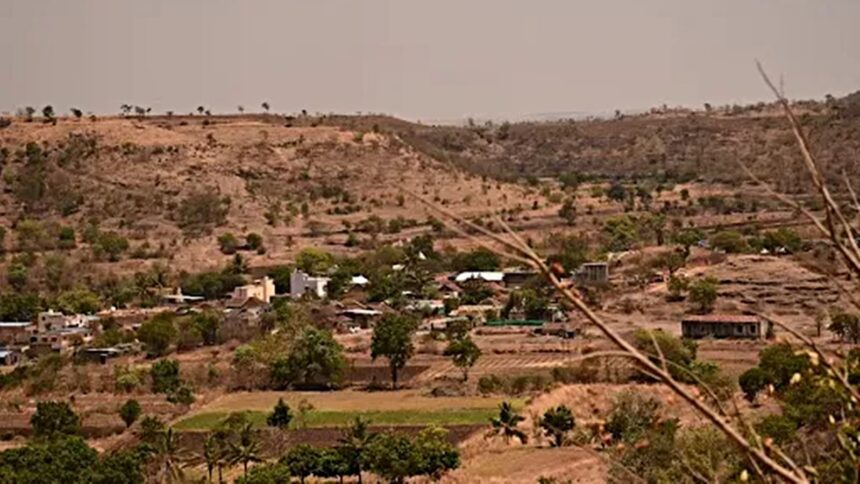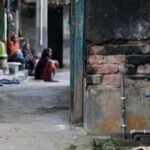In years with low rainfall, large portions of Jalna, a drought-prone district in Maharashtra, have experienced extreme land surface temperatures, often exceeding 50 degrees Celsius. These were the drought years of 2001, 2005, 2007, 2013, 2016, and 2019.
Land Surface Temperature (LST) is generally not linked with the air temperature and varies according to seasonal weather changes. “LST acts as a vital thermometer for the health of ecosystems and communities. Shifts in LST impact crop yields, water availability, and even local weather patterns, making it crucial for both policymakers and farmers to monitor and respond to these changes,” says a new study titled ‘Analysis of Land Surface Temperature in Semi-Arid Maharashtra and Telangana: 2001–2020’ by Ajit Jadhav and Vijay Solanky from the -based Watershed Organisation Trust (WOTR). The researchers say that “LST is not just a scientific metric—it’s a powerful early warning signal”.
“By integrating LST monitoring into rural development and environmental policy, we can detect risks earlier, plan smarter, and act faster. This research offers a blueprint for how data-driven, localised interventions—whether afforestation, climate-resilient agriculture, or water conservation—can cool our landscapes, improve soil health, restore the ecology and safeguard livelihoods,” says the study.
The researchers also found that rainfall plays a crucial role in mitigating extreme heat, as observed in the years 2006, 2009, 2011, 2014, and 2015, when higher rainfall resulted in lower surface temperatures. “This highlights the strong correlation between precipitation levels and land surface temperature, where years with sufficient rainfall experience milder temperatures, while drought-affected years suffer from extreme heat in Jalna, emphasizing the importance of seasonal rainfall in controlling extreme heat events,” reads the study.
“The purpose of the study is to build a vision for 2047 (100th anniversary of Independence), for the district by deciding what activities must be carried out in villages in order to respond to climate change. We have found that, in another district, when we implemented watershed development activities, including afforestation, water harvesting structures like building of check dams to increase groundwater and make water available to farmers, and tree plantations, the LST reduced by a few degrees,” says Jadhav.
He points out that land use patterns have changed over the years, with intensified farming increasing, resulting in more fallow land being used for agriculture, besides extensive use of chemical fertilisers affecting the soil health. Scrubland and barren land are increasingly being brought into agriculture.
“Vegetation cover has shown a gradual increase from 2001 to 2020, which could be attributed to afforestation efforts, conservation initiatives, or natural regeneration. While this is a positive change, it is relatively minor compared to the large-scale conversion of land for agriculture and settlements. On the other hand, water bodies have fluctuated over the years. There was an increase in water-covered areas between 2001 and 2010, this was due to the construction of a dam in the region, but a decline was observed in 2020, indicating possible changes in surface water availability especially the small water bodies, due to rainfall patterns, or management practices,” says the study. “We also see that LST is higher in settlement areas where there are concrete houses, infrastructural activities and population growth,” says Jadhav.
He highlighted the challenges farmers face due to erratic rainfall. He explained that crops like cotton and soybean are usually sown in June, but if rains are delayed, farmers are forced to re-sow, leading to financial losses. To avoid this, he advises against dry sowing in early June. Instead, he recommends adopting climate-resilient farming practices that consider changing weather patterns. Jadhav also urged farmers to rely on weather forecasts rather than traditional signs for better decision-making. This, he says, can help reduce risks and ensure more sustainable income.








